Even under city lights, Venus, Mars, Jupiter and Saturn can be easy to see with a small- or medium-sized telescope.

This illustration shows the approximate sizes of the planets relative to each other. The planets are not shown at the appropriate distance from the Sun. Credit: NASA.
With just a small or medium-sized telescope, skygazers can easily observe planets. You’ll be surprised how much of our solar system you can see! And you don’t need a dark sky to view all of our solar system’s planets; even under city lights, Venus, Mars, Jupiter and Saturn can be easy to see with a telescope.
A word of caution if you choose to observe planets during the daytime: Don’t ever point your telescope at the Sun!
We also invite you to read Alison Klesman’s The Sky This week. It’s published each week and includes easy-to-understand instructions on how to see planets and other notable things in the sky.
How to see Mercury
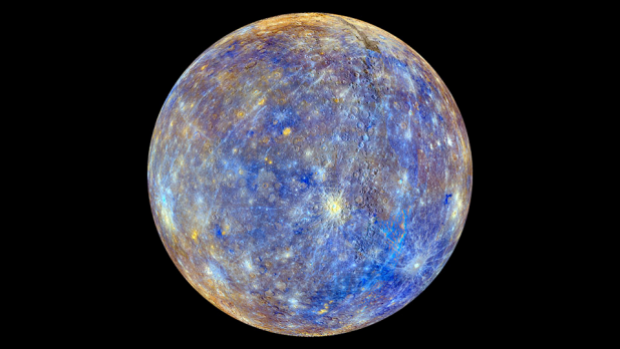
The best time to view Mercury through a telescope is when it lies at one of its elongations, either farthest west of the Sun in the eastern morning sky or farthest east of the Sun in the evening sky. Most good views of Mercury occur at midday, when the planet sits high in the sky. If you can locate Mercury, use a yellow or orange filter to cut down the sky’s blue light.
How to see Venus
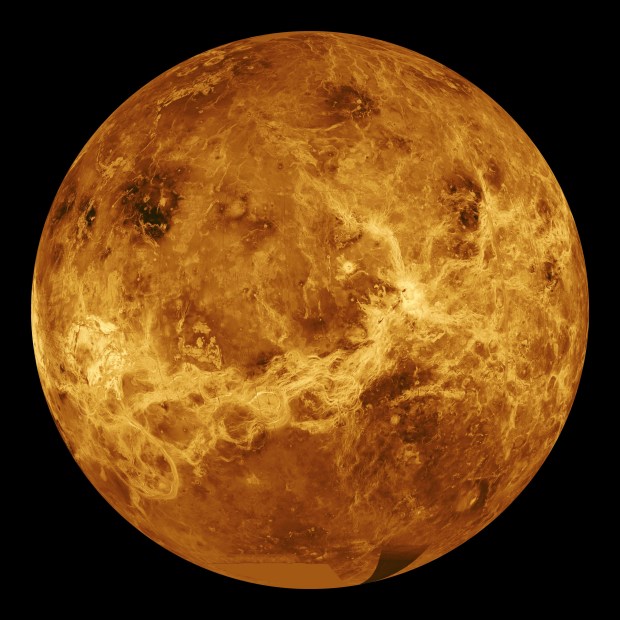
Venus is an easier planet to observe with a telescope than Mercury. Astronomers can more easily view Venus’ changing phases and size changes; while the innermost planet looks twice as big when between Earth and the Sun than it does when it lies on the far side of our star, Venus is more than six times larger. Daytime observations of Venus are also easier than those of Mercury because Venus shines brighter and can lie farther from the Sun.
Features in Venus’ atmosphere range from dusty shadings to bright spots. You may be able to spot the most famous through a #47 (violet) filter and an 8-inch telescope. Look for an immense C- or Y-shaped feature centered on the planet’s equator.
Related: The best telescopes for beginners | The best telescopes for kids, picked by experts | Best telescopes for $1,000 or less | Best telescopes for $500 or less
How to see Mars
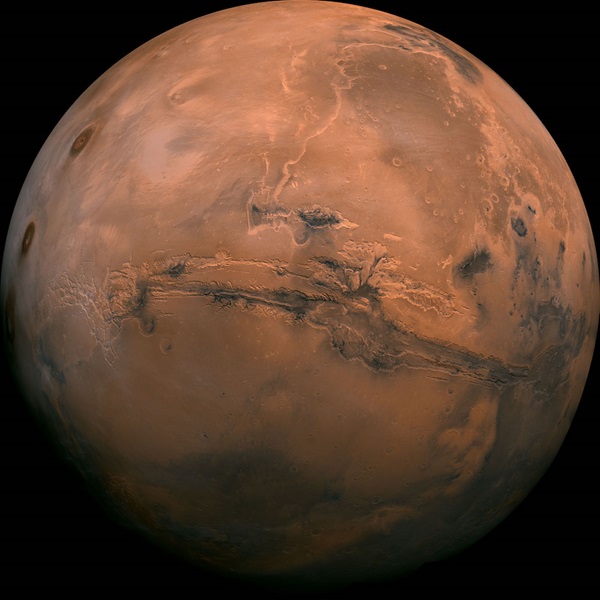
Use high magnification to observe the Red Planet, right up to the limit of the atmosphere’s steadiness. Concentrate on a small area or a single feature – don’t try to observe the entire disk or dart your gaze from one feature to another.
Orographic clouds are made from water created by wind passing over martian mountains and volcanoes. To view them with a telescope, use a #80A (blue) or #47 (violet) filter. For the low-altitude ones, a #58 (green) works better. You can also observe morning and evening clouds – bright, isolated patches of surface fog appearing at martian sunrise and sunset. Evening clouds are generally larger and more numerous. For the best views, use a blue or violet filter.
How to see Jupiter
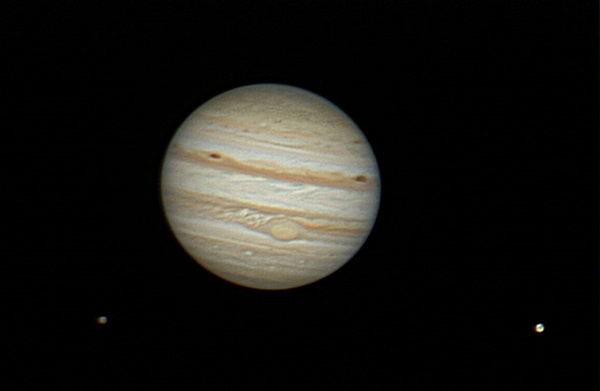
Next to the Sun and the Moon, the celestial object with the greatest observable detail is the planet Jupiter. Even small scopes show several dark stripes – the North and South Equatorial Belts – flanking the giant planet’s equator. Watching Jupiter nightly can be rewarding; in addition to the changing positions of its four largest moons, the planet’s rotation brings nearly all of its possible visible areas into view in a single night. Be sure to target the Great Red Spot!
A #38A (dark blue) filter will enhance the planet’s zones. Blue filters also sharpen bright cloud features. a #23A (red) filter brings out details along Jupiter’s equator and sharpens contrast in the major belts.
How to see Saturn
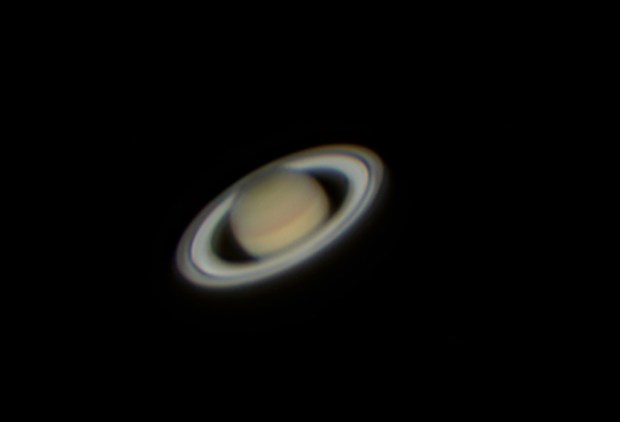
Look for the Cassini Division, a dark gap between its two brightest rings. Through an 8-inch scope, note the brightness, color differences and, textures of the planet’s rings. Markings on Saturn’s disk are subtle. Note any bright or dark spots compared to the belt or zone they’re in. From night to night, these features may change position.
Saturn’s zones appear off-white, slate-gray or yellow. Saturn’s belts look bluish-gray brown and red. Such features stand out well through red, orange or yellow filters. Occasional bright patches look best through a #58 (green) filter. Highlight the rings using a #56 (light green) or #82A (light blue) filter.
How to see Uranus
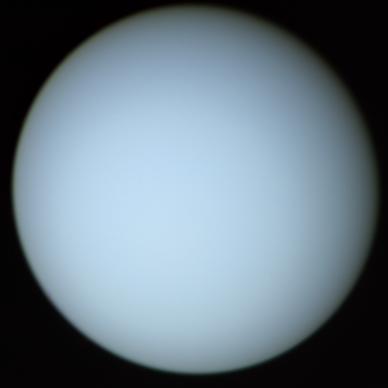
Uranus’ atmosphere is usually a featureless haze. Observers first reported details in 1870. Since then, other skywatchers have seen markings and belts. Through a small telescope, greenish Uranus appears as a slightly elliptical disk because of its rapid rotation. The planet moves slowly. It takes Uranus about 44 days to move the width of the Full Moon.
How to see Neptune
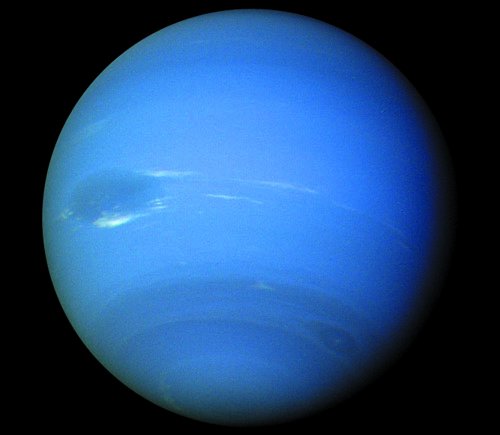
To the amateur astronomer with binoculars or a telescope, Neptune is no problem to find. At opposition, it displays a small blue disk that shines at about magnitude 7.7.
Even a large telescope won’t reveal much detail on Neptune, although you will see its largest moon, Triton, which shines at magnitude 13.5. The thrill of observing Neptune comes when you first spot it through your telescope. Because it lies further from the Sun than Uranus, Neptune moves even more slowly. It takes approximately 85 days for the planet to traverse a Full Moon’s span.

